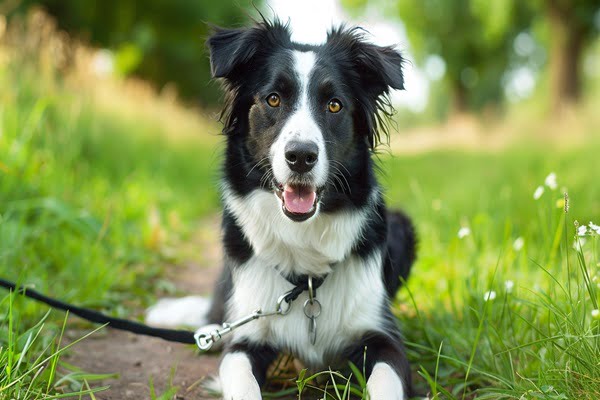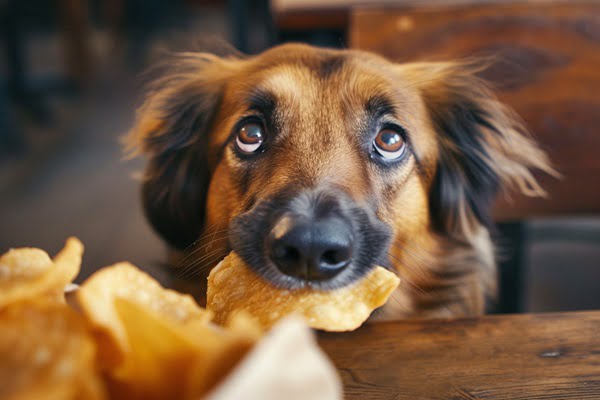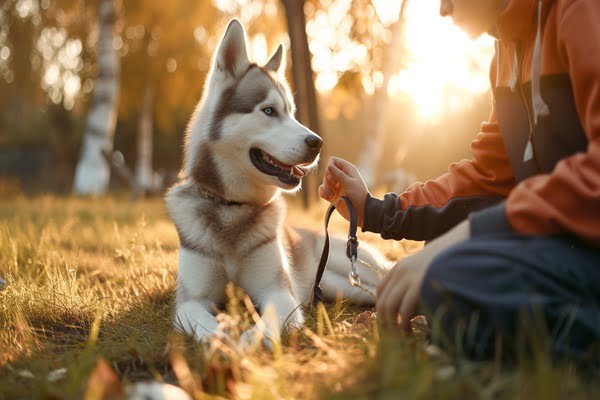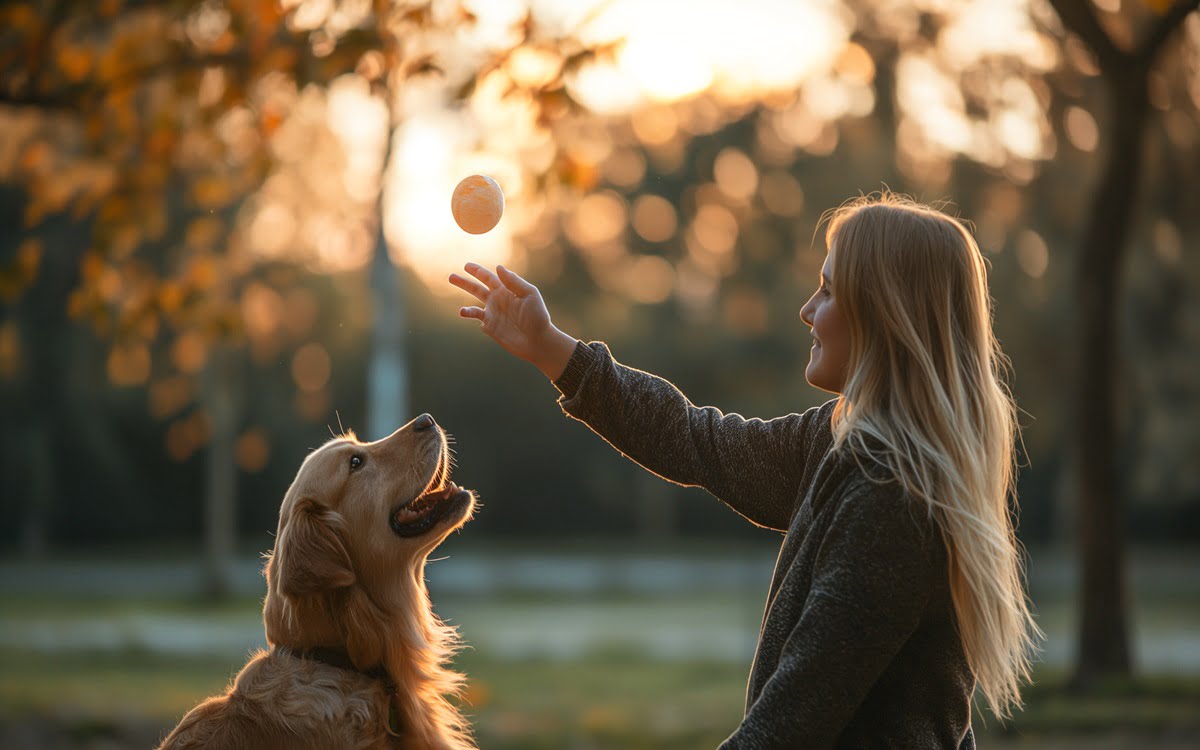Click and treat dog training, also known as marker training, is a science-backed, positive reinforcement technique that is both enjoyable and highly effective for teaching your dog new skills. Using a small device called a clicker, trainers mark the exact moment a dog performs a desired behavior, immediately followed by a tasty treat. This precise timing helps dogs understand exactly what actions are being rewarded.

How Does Click and Treat Training Work?
Click and treat training is a method of operant conditioning, which means it focuses on the relationship between behaviors and their consequences. Here’s the step-by-step breakdown:
- The Clicker as a Bridge: The clicker itself doesn’t inherently have any meaning to your dog. It’s a small, handheld device that makes a distinct click sound. The goal is to turn that sound into a conditioned reinforcer, meaning your dog learns that it predicts a reward.
- Charging the Clicker: This is the first step. Repeatedly click the clicker and immediately give your dog a treat. The click should come first, then the treat within a split second. This association is vital; your dog will start to anticipate the treat when they hear the click.
- Marking the Behavior: Once the clicker is charged, you can use it to mark the exact moment your dog performs a desired behavior. Let’s say you’re teaching your dog to sit. The instant their bottom touches the ground, you click the clicker. This tells your dog, Yes! That’s exactly what I wanted!
- Delivering the Reward: Immediately after the click, give your dog a treat. This solidifies the connection between the behavior (sitting) and the reward. Your dog learns that sitting leads to a click, which leads to a treat, making them more likely to repeat the behavior.
- Shaping Complex Behaviors: For more complex behaviors, you can break them down into smaller steps. Reward successive approximations of the final behavior until your dog masters the entire sequence. For example, teaching “fetch” might start with rewarding your dog for looking at the toy, then touching it, then picking it up, and eventually bringing it back to you.

Why Does it Work So Well?
- Precise Timing: The clicker allows for incredibly precise timing, marking the exact behavior you want to reinforce. This is much more effective than verbal praise, which can be delayed or misinterpreted.
- Positive Reinforcement: Clicker training relies on positive reinforcement, which strengthens the dog-owner bond and creates a more enjoyable learning experience for both.
- Versatility: The clicker can be used to teach any behavior your dog is physically capable of performing.
- Empowerment: Dogs learn to offer behaviors in anticipation of the click, giving them a sense of agency and control over their training.
Benefits of Click and Treat Training
- Clear Communication: The clicker provides instant feedback, making it easier for your dog to understand what behavior you’re trying to teach.
- Positive Reinforcement: This method focuses on rewarding good behavior rather than punishing mistakes, fostering a positive learning environment for your dog.
- Versatility: Clicker training can be used to teach a wide variety of behaviors, from basic obedience commands (sit, stay, come) to complex tricks and agility.
- Empowerment: It gives your dog a sense of control and active participation in the training process, leading to increased confidence and enthusiasm.
Getting Started with Click and Treat Training
- Charge the Clicker: Click the clicker and immediately give your dog a treat. Repeat this several times to create a positive association.
- Shape Behaviors: Break down desired behaviors into smaller steps and click/treat each incremental success. For example, to teach “sit,” click and reward your dog for any downward movement, then gradually raise your criteria until they are fully sitting.
- Practice and Consistency: Training sessions should be short, fun, and frequent. Consistent use of the clicker and rewards will strengthen the learning process.
Tips for Success
- Timing is Key: Click the exact moment your dog performs the behavior to avoid confusion.
- Choose the Right Treats: Use small, tasty treats that your dog loves.
- Be Patient: Training takes time and patience. Celebrate every success, no matter how small!
Is Click and Treat Training Right for My Dog?
Clicker training is suitable for dogs of all ages, breeds, and temperaments. It’s a particularly excellent method for dogs who are sensitive or easily distracted, as it relies on positive reinforcement and clear communication.

Conclusion
Click and treat training is more than just a method for teaching your dog commands. It’s a powerful tool that can transform your relationship, creating a deeper bond built on trust, understanding, and mutual respect. By focusing on positive reinforcement, you encourage a love of learning in your dog, making training sessions enjoyable rather than stressful.
The beauty of clicker training lies in its simplicity and flexibility. Whether you have a puppy eager to learn or an older dog who needs a refresher, the clicker can be adapted to any age or skill level. It opens up a world of possibilities, allowing you to teach everything from basic obedience to complex tricks, all while fostering a positive and rewarding environment.
As you embark on your clicker training journey, remember that patience, consistency, and celebration are key. Every click and treat is a step towards a more confident, well-behaved, and happy dog. And as your dog thrives, so too will your bond, creating a lifelong partnership filled with joy, fun, and mutual understanding.
So, grab your clicker, stock up on treats, and get ready to experience the transformative power of click and treat training. It’s an investment in your dog’s future and the key to unlocking their full potential. And who knows, you might just discover a hidden talent in your furry friend that you never knew existed!
FAQ
Is click and treat training only for puppies, or can I use it with my adult dog?
Click and treat training is absolutely effective for dogs of all ages! While puppies are often quicker to learn, adult dogs can also benefit greatly from this positive and rewarding training method. It’s never too late to teach your dog new skills.
What’s the difference between click and treat training and traditional dog training methods?
Traditional dog training often relies on corrections and punishment for undesirable behaviors. Click and treat training, on the other hand, focuses on rewarding desired behaviors, creating a more positive and enjoyable learning experience for both you and your dog.
My dog seems distracted during clicker training. What can I do to keep them focused?
Distractions are common, especially in new environments. Try training in a quiet area with fewer distractions, keep training sessions short and engaging, and use high-value treats that your dog finds irresistible.
Can I use click and treat training to address specific behavioral problems, like leash pulling or jumping?
Absolutely! Clicker training can be used to modify a wide range of behaviors, including leash pulling, jumping, barking, and more. It’s a versatile tool for shaping your dog’s behavior in positive ways.

My job is to make sure every fact is right and every article is a joy to read. I’m kind of like a dog trainer for information – I make it behave!

